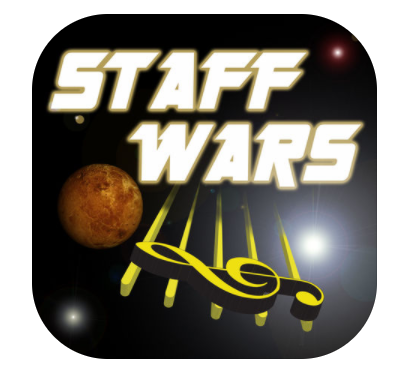Centres - a great setup for learning and assessment in the music room
- Jenny Ferris
- Jul 27, 2018
- 4 min read
I first came across the concept of centres or stations a few years ago when I was doing some classroom release for a leading teacher. The activities she had left for me were part of a whole-year-level Literacy Rotation. This involved grouping together various students by ability and allowing them to rotate around different activities related to literacy such as a worksheet practising suffixes, a creative writing task or a reading comprehension activity aided by the teacher.
As I watched this system in motion, I thought "eureka!" (quite literally thought that exact word, it was a strange moment) and realised I had found the answer to a problem I had been experiencing: how do I help my strugglers without abandoning the rest of the class?

In any class, there is going to be a spread of abilities and prior knowledge levels. I find that the spread in music tends to be even wider than other classes, because you might have kids who are still struggling to keep a beat or haven't found their singing voice next to someone who has perfect pitch and has been playing violin since they were 3 (though in my experience those kids have plenty of gaps in their knowledge too, but that's another story!)
Using rotating stations can allow you to extend your high flyers by setting them bonus challenges at each station while at the same time pulling aside certain students for a remedial catch up session without them feeling self-conscious about it. It also allows all students to remain engaged throughout the session as there is something new to catch their interest every few minutes.
The "teacher" group can also be a great assessment opportunity - set yourself up next to some flashcards or a xylophone with sight reading and assess each group of students as they come through. You've gathered your data while the remaining students are entertained elsewhere, everybody wins!
Ideally, stations should be practising or assessing whichever musical elements have most recently been presented, so your stations may look quite different depending on the class you are working with. However, here are some activities I have found worked well and were adaptable across a variety of year levels and were always fun and engaging.
Mr. Fuzzy
Using these great downloads from Aileen Miracle, I set up one station at the Interactive Whiteboard along with my Mr. Fuzzy puppet (you can read more about him here). Students take it in turns to throw Mr. Fuzzy at the whiteboard and then read whichever rhythm comes up. The other students need to assess them using thinking thumbs to let them know if they've got it right or need to repeat it.

Flashcards
I have a few great sets of flashcards from Take Note Music. Depending on what the kids are working on, I'll use different sets for different purposes, but one activity that has been a favourite of mine is stick & stave match ups. I take one set of flashcards with stick notation and solfa syllables written underneath, then a matching set of flashcards with stave notation (they have the same series of patterns) then toss them up in the air and ask students to find the matching pairs. Occasionally I'll throw in one without its matching counterpart, just to mess with them a little and add an extra challenge!
Worksheets
Worksheets can be a great station provided the worksheet is quick and easy to complete, is well set out and has all the information a student will need to complete it listed on the sheet already. Some examples might include:
- adding bar lines to practise metre
- Transcribe known songs (either rhythmically or melodically or both on a stave for older students)
- Draw lines connecting the rhythmic excerpt to the picture of the known song
-Spot the errors. Give students a transcription of a known song with some deliberate mistakes and ask them to spot them
Composition
Have students put their knowledge into practice with a composition. This can be done in a variety of ways, either with a worksheet or stave, using rhythm wallets or even pool noodles!
Performance
Have students work as a team to perform a known song on handbells, one student playing every so, another every mi and so on.
Alternatively, this could be an assessment station with a xylophone or two set up by the teacher where you ask students to perform a known song, do some sight-reading or play a composition they have created at a previous station.
Technology
Depending on your school's technology set up you can have some great stations that are iPad-based. You can check out this post for some more great app suggestions, but one I find works particularly well keeping my students engaged without the need for close supervision is Staff Wars - it's a note recognition app so is great for students who are learning recorder or are up to adding note names to the stave. You can choose treble, bass or even alto clef and it up-levels the difficulty at a good rate.

If you don't have iPads but have a computer you can set up, www.therhythmtrainer.com is a fantastic flash-based website that lets your kids practise rhythmic dictation. You might want to consider providing some headphones or setting up this station as far as possible away from an instrumental station as it's important that your kids can hear the patterns!
These are just a few suggestions to get you started, the number and set up of your stations is limitless! Have you tried centres in your music room? I'd love to hear your ideas! Drop me a line at jenny@kodalycrafts.com to let me know how you've gone




Comments